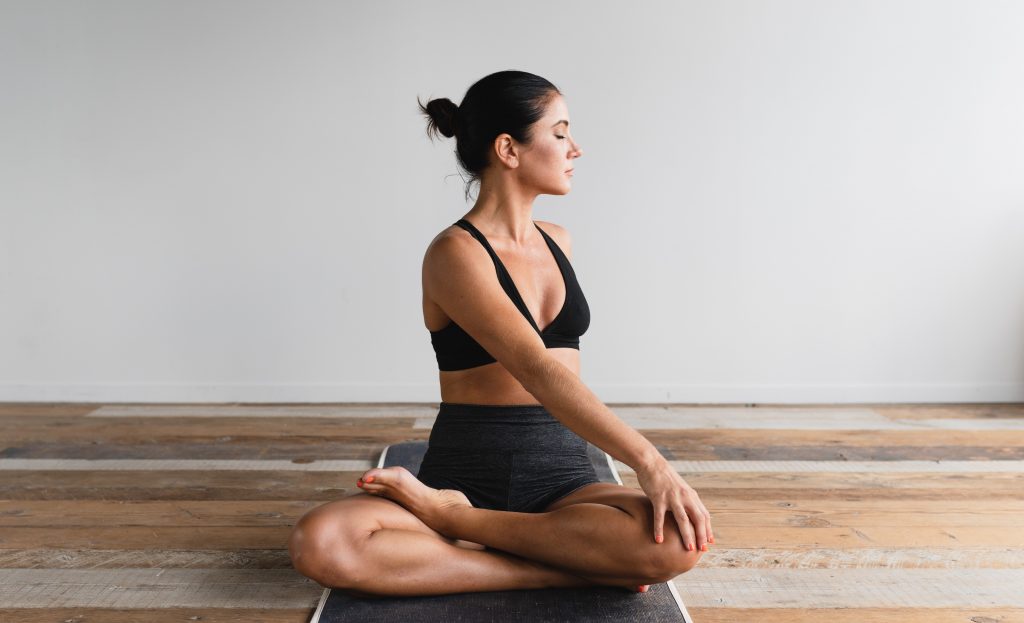Research shows that 80% of Americans will experience low back pain at some point in their life. According to the Centers for Disease Control, an estimated 20% have chronic back pain and 8% have chronic back pain that will flare up at different times in life and interfere with normal activity and work. That’s a lot of people in pain.
Doctors prescribe many courses of treatment from analgesics and anti-inflammatory medications to exercise, weight loss, physical therapy, and as a last resort, surgery. Most people learn to live with the pain, often by limiting movement, because … it hurts to move. However, lack of movement will only cause more stiffness and pain over time.
Back pain, most commonly in the low back, can be caused by injury, improper alignment, and poor posture. Sitting for long hours, slouching, and walking or standing with the feet turned out can cause a loss of the natural curve in the lumbar spine, which causes the body to be susceptible to injury and throw the body out of alignment.
Upper back pain is just as common, though it has different causes. Upper back pain can be caused by long hours hunched over the computer keyboard as well as by tension, stress, overuse, and sleeping positions.
Yoga is one of the best remedies for any type of back pain. It strengthens both back and abdominal muscles through holding poses for longer periods of time. Strong core and back muscles are crucial for good posture and proper movement. Balancing poses show where there are weaknesses in alignment and through awareness of those weak spots, enables the body to gradually correct itself over time.

Yoga will also stretch and relax tense muscles, not only in the back, but throughout the body. All the muscles in the body are dependent on each other for proper alignment and posture. For instance, tension in the hip flexors can weaken the glutes, causing the hamstrings to strain, which can ultimately lead to low back pain. Relaxing tense muscles and strengthening weak muscles will return the body to proper alignment, alleviating back pain.
Back pain, especially chronic, can also be taxing on the nervous system and affect mental health. Depression, frustration, and irritability often accompany chronic pain. Yoga’sfocus on the breath and learning to be aware of the body’s alignment and boundaries will relieve much of the stress that comes with pain.
As always, consult your doctor to see whether yoga is appropriate for you.
And while yoga is often seen as a gentle practice, some types of yoga such as Kundalini, Bikram, and Ashtanga may be too aggressive and aggravate back pain. More gentle practices, like Yin, Restorative, and a flowy vinyasa may be more suitable.
A perfect place to start would be Simplicity’s Yoga for Back Pain with Tasha on Sunday mornings at 10:00am.
Yoga benefits so many areas of life. The human body isn’t static. It changes from day to day, month to month, and season to season. Awareness of where the body is in the present moment, learning to be aware of its boundaries, how to push it to the edge without going over, and how to appreciate, it just as it is, is one of yoga’s greatest gifts.
